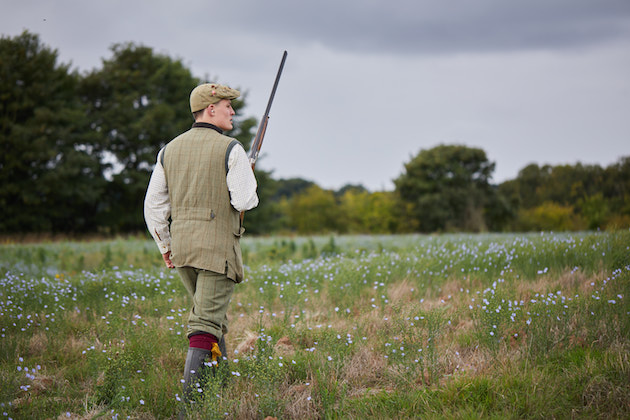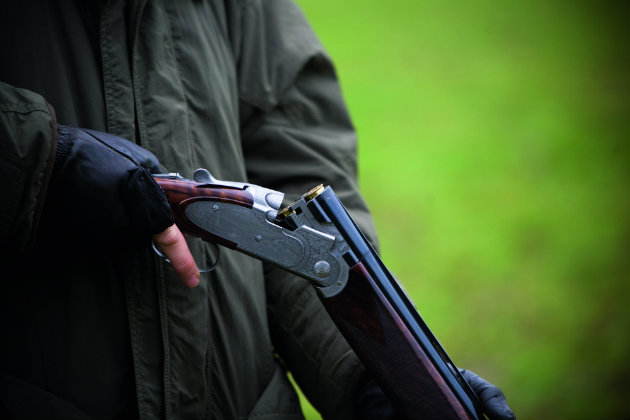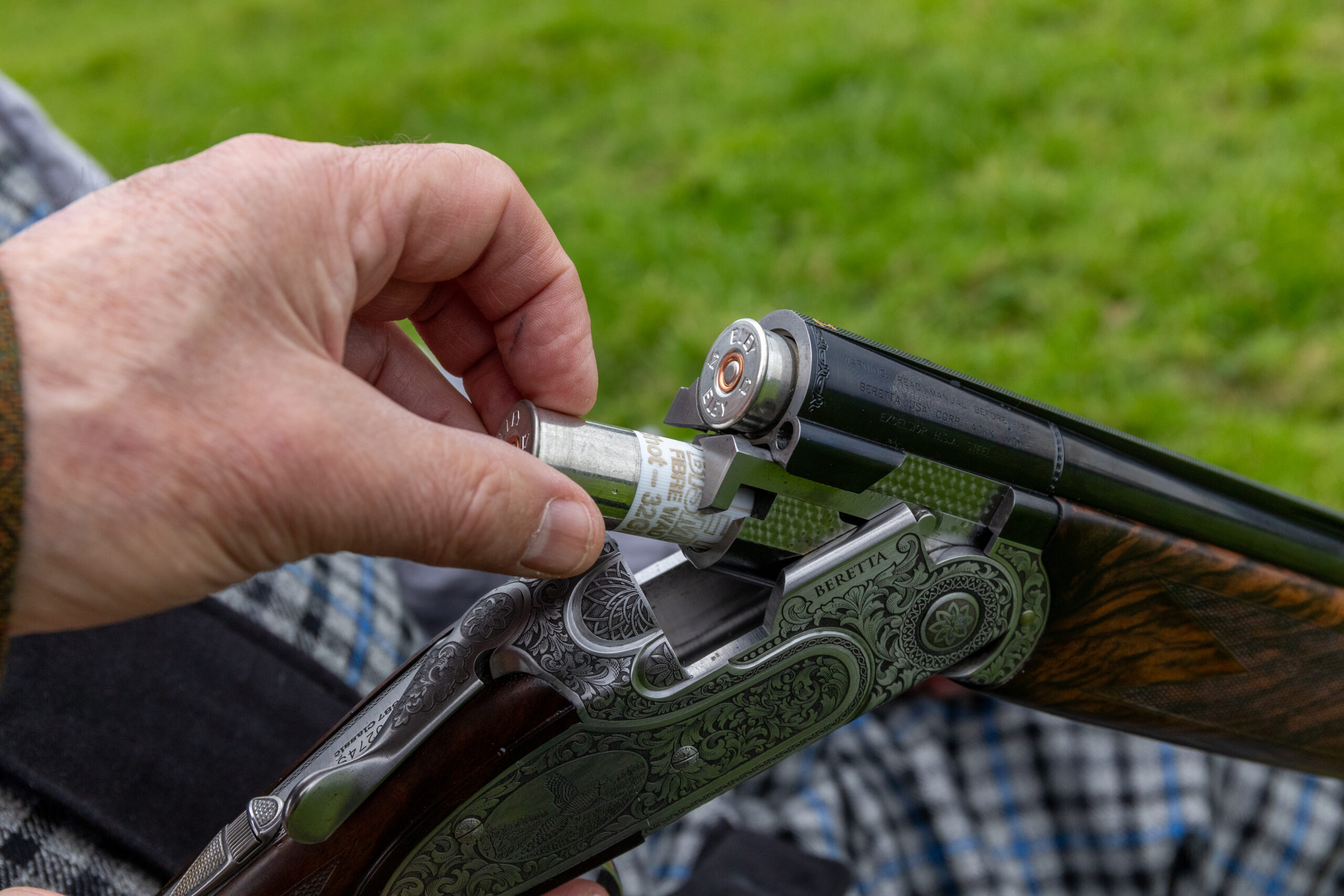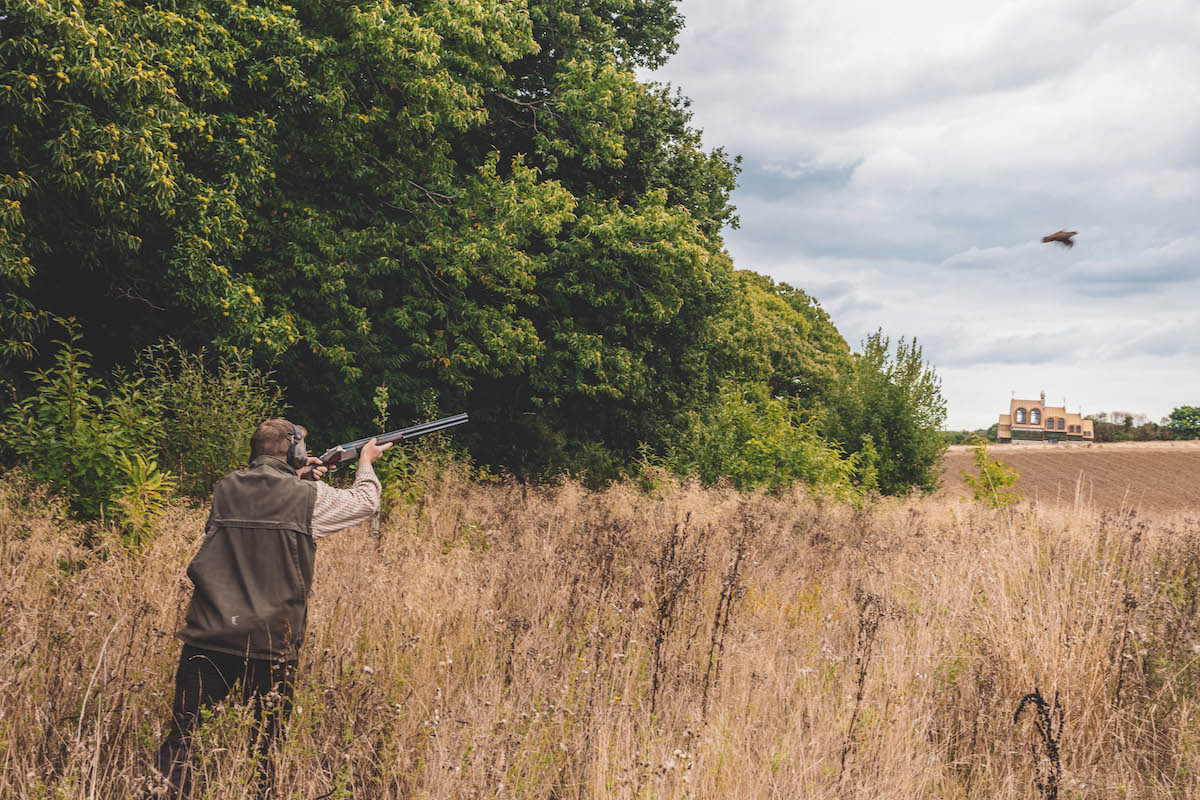What’s the best shot size?
There has been debate for years over the optimum shot size. Diggory Hadoke tries to settle the matter for once and for all.

The best shot size has been debated for as long as guns have been throwing clusters of small lead balls at flying birds. We have two key issues to address.
- We choose shot to produce an acceptable compromise for the shooting we do and the gun we use.
- The ideal we seek is a killing pattern that covers the target and individual pellets in that pattern that hit with sufficient force to impart shock and do lethal damage.
In 1833 Lieutenant Colonel Peter Hawker told readers: “A common-sized gun will shoot No. 7 shot better than any other shot… I am confident that had you, for a whole season, no other sized shot, you would find that you had killed more game.” Hawker mostly shot over dogs, what we would call walked-up shooting today.
The pros and cons of shot size
- Small shot produces a fuller pattern because there is more of it in the cartridge (assuming the same weight load).
- Larger shot carries momentum and energy for longer distances and penetrates deeper. However, with fewer pellets in the pattern, there will be greater space between each one.
- Gough Thomas called these limiting factors “pattern at the expense of energy” (small shot) and “energy at the expense of pattern” (large shot).
- The balance to be struck is one between pattern and penetration.
- Hitting a bird with lots of tiny shot that doesn’t penetrate the skin won’t kill it and hitting a bird with one pellet that breaks its leg won’t kill it either.
- You select shot sizes to ensure you have enough shot to hit one or more vital organs and produce sufficient shock to kill it. That shot needs to penetrate deep enough to enter vital organs and break bones.
- At closer ranges, small shot has sufficient momentum to penetrate. Only at longer ranges does it lose energy.
- At short range, large shot remains close enough together to make multiple hits, so pattern is not a problem. The problems manifest when you extend the range. Small shot may not penetrate sufficiently and large shot may leave too many holes in the pattern.
The consequences of choosing the wrong shot size
- Fewer clean kills (desired result)
- Smashed game (hit with too many shot pellets)
- Missed or wounded game (either from failure of pattern or penetration).
The ideal shot size?
Major Gerald Burrard decreed that the ideal shot size should be that which carries sufficient penetration five yards further than the point at which a pattern becomes too open.
He explained: “A smaller size of shot than No.6 confers no possible advantage in range or killing power… [and] may cause wounded birds at long range owing to lack of penetration, and result in plastered birds at close range. It is probable that No.6 comes closest to the ideal.”
However, he conceded that in practice the difference between No.5, No.51⁄2 and No.6 shot on pheasants at ordinary game ranges (up to 40 yards) was small enough not to really matter.
For partridge or pheasant, Thomas believed that No.6 shot was the best general size to use. Burrard agreed: “33 grains of powder and 11⁄16oz of No.6… probably as good an all-round load as any… will kill partridges slightly beyond 40 yards and bigger birds up to 45 or 50 yards.”
Gunmaker Tom Purdey advised in 1936: “The best load for the average sportsman would be 1oz or 1 1⁄6oz of No.6 shot. The average shooter cannot do better than use No.6 shot for all his regular shooting, and if he holds his gun straight he will kill all his game cleanly and well with this shot.”
Chokes and shot size
The modern consensus is that to reliably kill a bird — let’s concentrate on pheasants and partridges to keep it simple — it is desirable to penetrate it with at least three pellets, so that at least one of them will be fatal. “Normal” conditions consider the shot to be taken within 40 yards with an improved cylinder choke. For this, 30g of No.6 is the optimal load.

Multichokes on a Browning shotgun
It becomes more complicated when we consider longer-range shooting. Choke extends your range. So if you have a 40-yard killing pattern with improved cylinder and 30g of No.6 shot, you can extend the killing range of the same load by using half-choke.
However, as the range extends, so the lighter pellets lose energy and, while choke may keep the pattern together for longer, it won’t add to penetrative power. For that you need weight, so bigger shot.
- If you are engaging birds beyond 45 yards, changing to No.5 is sensible. However, if you do so, to fill your pattern you need more shot or more choke. Your 30g of No.6 through improved cylinder at 40 yards should be changed to 32g of No.5 if you are expecting 50-yard shots.
- At longer range, you need tighter chokes within the limits of performance. Once chokes go beyond 40thou constriction, patterns start to get worse and very large shot patterns vary erratically.
- However, the experience of today’s consistently effective, long-range pheasant Shots reflects the principle that, as you go further out, you need to use bigger pellets to retain penetration.
- You need more pellets to fill the pattern and tight chokes to keep it together at extreme ranges.
- It is therefore no surprise to hear of No.3 or No.4 shot and loads of 36g or more employed to engage extremely high pheasants. The guns are choked tightly and, to handle powerful loads without excessive recoil, they are heavy.
I would advise anyone to use fibre-wadded 28g or 30g loads of No.6 for all their general shooting with traditional British 12-bores, unless shooting snipe, for which No.7 provides sufficient penetration, but with the fuller pattern desirable for a small bird at normal ranges.
Shotgun barrel length: does it actually matter?
Phil Coley on the benefits of longer barrels
Starting shooting: What’s a lock, stock and barrel?
Starting shooting: What makes a shotgun? ‘Lock, stock and barrel’ is a common enough phrase in the English language, signifying…
What is the best shotgun cartridge and choke combination for pheasant shooting?
The right shotgun cartridge and choke combination for pheasant shooting could transform your days this coming season. There have been…
Do not overlook the importance of quality components. The return of wool as a premium wadding material by Gamebore is interesting, as it provides excellent obduration and cushioning properties, without which no shot load, of whatever size, is going to produce its best results.











